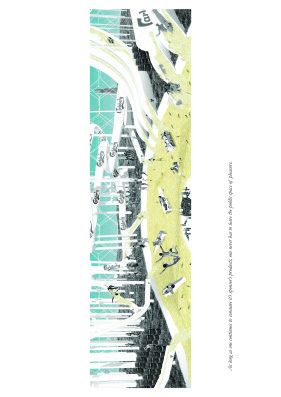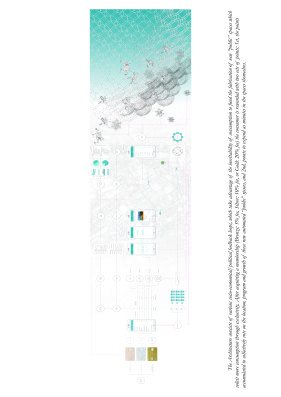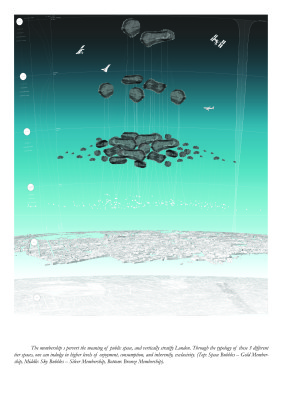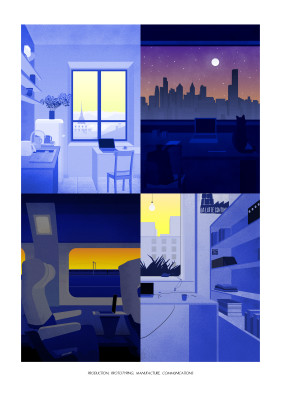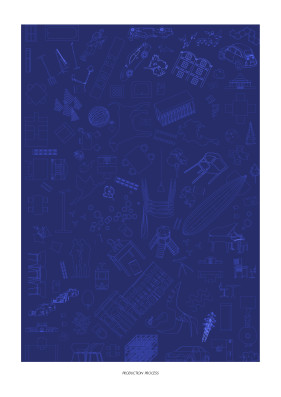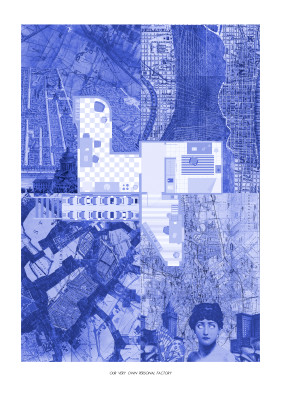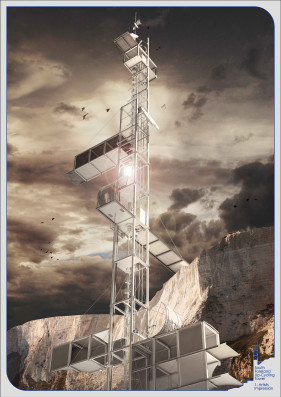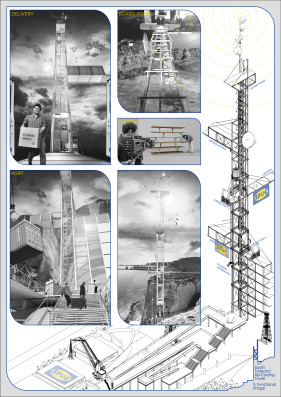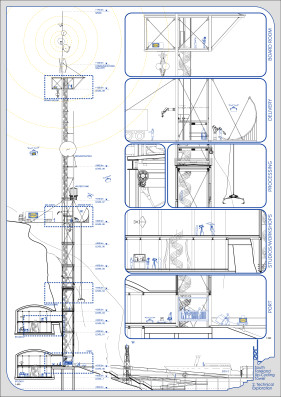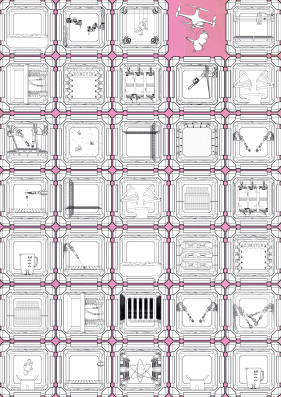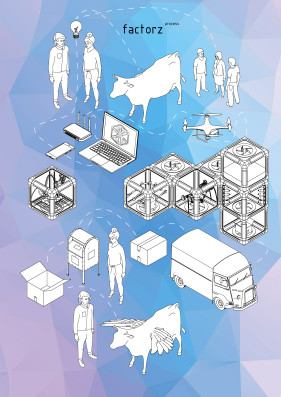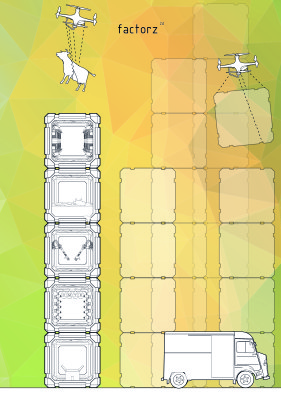TEAM: Justin LAU – Kai Hin LAW – Hong Kong – University of Liverpool – University of Nottingham
‘The Collaborative Homes’ challenges the coexistence between factories and megacities. Through the renovation and transformation of concrete apartment complexes into personalised home studios, the residents become free to express and manufacture their own creations.
Using Hong Kong as a testing ground, the aim is to manufacture connections and produce relationships to aid secluded communities caused by repetitive workstyles. The freedom to create and collaborate in home studios provides opportunities to socialise, share interests and learn new skills. The scheme will progressively form residents of the apartment complex into a collective community that is free to share and help. Furthermore, rejuvenating urban disused alleyways and encourage community craftsmanship in an otherwise secluded and mechanised production realm.
The system begins with the people – socialising and sharing interests and ideas. They work with one another or as individuals in their home studios to prototype and manufacture anything of personal interest. From fashion and beauty to food and beverages, the possibilities are endless. Products are advertised and made to order on the internet and delivered through the “vertical dispenser” for collection by the buyer.
‘The Collaborative Homes’ aims to reintroduce the people back into the factory, envisioning a world where LIVING and MAKING coexist.




